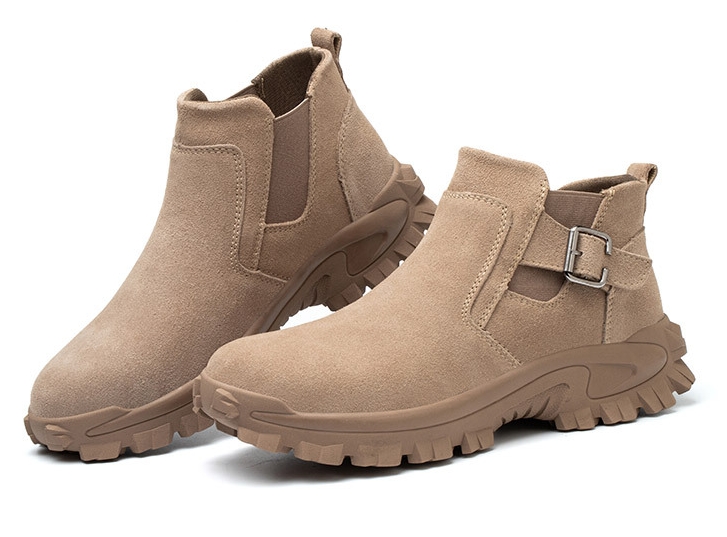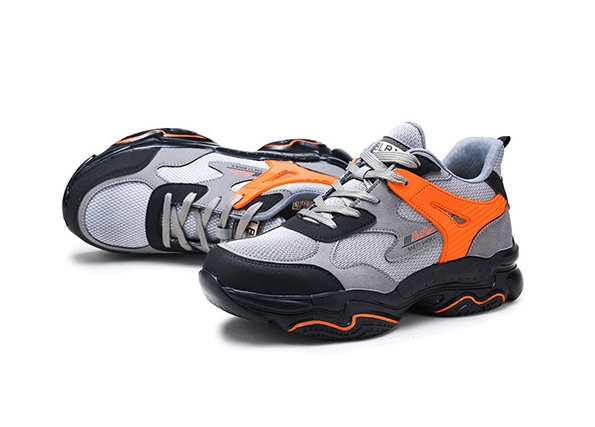What are the safety shoes?
Labor protection shoes, also known as safety shoes or protective shoes, are footwear worn in workplaces to protect feet and legs from foreseeable hazards and injuries. Common types include:

- Steel toe shoes - Provide toe protection from impacts and crushing injuries.
- Insulating shoes - Protect against electrical hazards by being non-conductive.
- Anti-static shoes - Dissipate static electricity to prevent shocks in environments with flammable materials.
- Oil resistant shoes - The uppers are resistant to oils and resist soaking through.
- Anti-slip shoes - Have slip resistant outsoles to help prevent slips and falls.
Other specialty shoes include acid/alkali resistant shoes, steel mill shoes, rubber boots, cold weather shoes, and nurse/chef shoes tailored for those professions.
Key characteristics of many labor protection shoes include:
- Toe protection from impacts and crushing injuries
- Electrical insulation or static dissipation
- Oil, chemical and liquid resistance
- Slip resistance on wet or oily surfaces
- Durability and wear resistance for the work environment
- Temperature resistance for hot or cold conditions
While some shoes offer multiple protections, insulation and conductivity are mutually exclusive. A shoe cannot both dissipate static electricity for safety yet also provide electrical insulation. Workplaces need to determine the primary risk and select shoes accordingly.

All workers should carefully consider the hazards of their job and wear appropriate protective footwear and other equipment. Safety should always be the top priority to help everyone return home safely at the end of each work day.
 How to choose a reliable safety shoes manufacturer?
How to choose a reliable safety shoes manufacturer?
 What brand of anti-smash safety shoes is good?
What brand of anti-smash safety shoes is good?
 What are the safety shoes?
What are the safety shoes?
